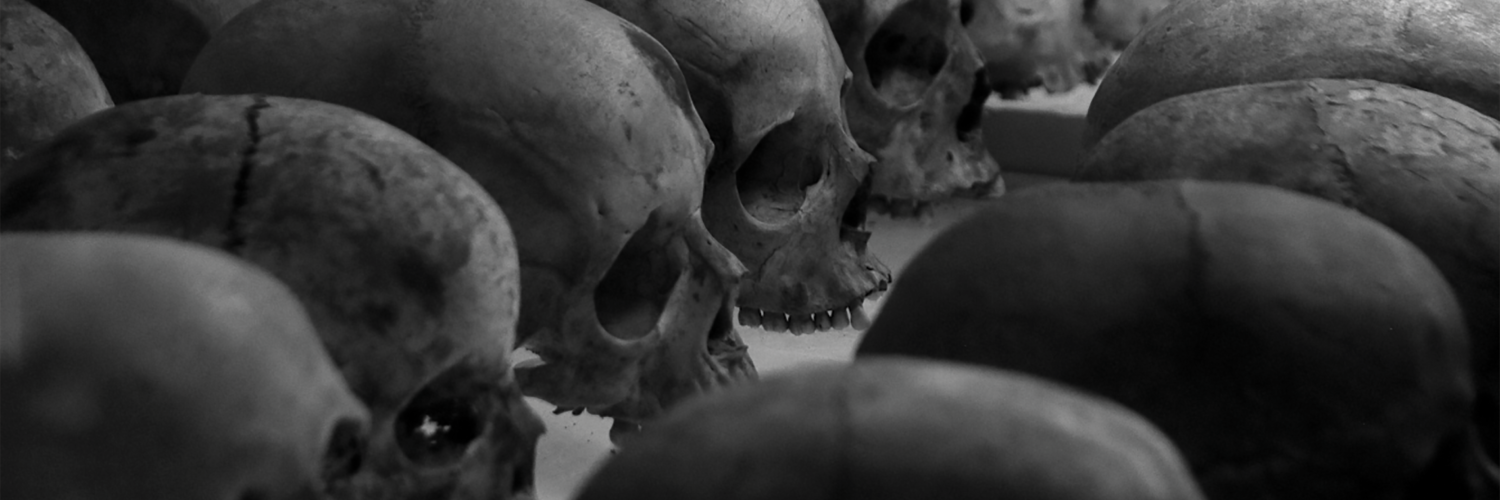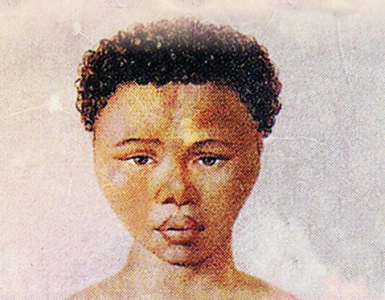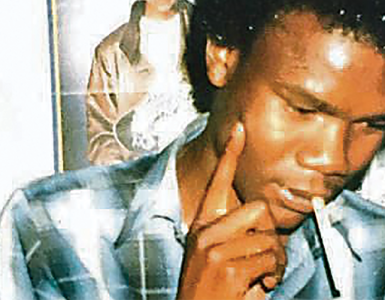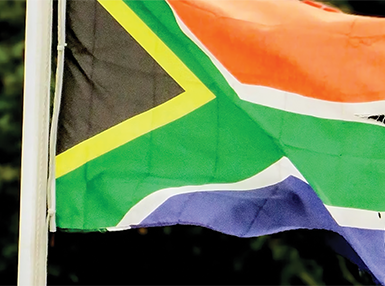STIGMA: After prison, perpetrators of genocide say they’ve changed…
By Jeff Grabmeier
COLUMBUS, Ohio – After serving decades in prison, Rwandans convicted of crimes of genocide returned to their communities articulating a “narrative of redemption,” saying they were good people, despite their past crimes.
And they were hopeful about their prospects for reintegrating into their communities. Many of these former prisoners had been convicted of murder, often of their own neighbours, connected to the 1994 genocide in Rwanda. But they said they had changed – even while minimising their role in the killings. In a new study, researchers conducted in-depth interviews with 129 former prisoners about four months after they returned to their communities. “They would be very clear to tell us they had become better people, and they were no longer like they had been before, drawing a very stark line between their past selves and present selves,” said Hollie Nyseth Nzitatira, co-researcher and professor of sociology at The Ohio State University. Nyseth Nzitatira conducted the study with John Gasana Gasasira of the University of Rwanda. Their results were published online recently in the American Journal of Sociology.
The Rwandans interviewed for the study were among the roughly 250 000 civilians sentenced to prison and community service camps for crimes of genocide. Many of them had joined killing groups that had targeted members of the Tutsi ethnic group. Up to 1 million people were killed in the genocide.
The researchers had interviewed the same people prior to their release. At that time, many of them were nervous about going home, unsure of how they would be received, Nyseth Nzitatira said. “Originally, I did not think they would be welcomed,” she said.
“They had been convicted of what is often thought of as the worst crime imaginable, and they did it against their neighbours. The trials had taken place in their communities, and there was no way to escape the stigma of what they had done as they moved back to those same communities upon finishing their sentences.”
But the researchers found that many of the former prisoners were greeted with “gestures of openness” that signalled that people were willing to engage with them. “That doesn’t mean they were welcomed with completely open arms or that everything was fine, but there was this tentative acceptance that suggested community members were open to having them back in the community,” she said. Three-fourths of those incarcerated for genocide returned to a spouse or partner, and the rest to other family. Many of them found that their family had prepared a meal for them. Other community members would often stop by and offer food and drink or even money.
Such seemingly small interactions carried great weight to the formerly incarcerated individuals, Nyseth Nzitatira said, making them feel as if they had an opportunity to rejoin their community.
Not all were welcomed, however. Women were much less likely than men to be incarcerated for genocide. Women who were imprisoned found the scale of their welcome home was much smaller than that of men. Most women were not married, and they tended to have far fewer visitors than men did when they returned home.
“It was a much less positive experience for women who came back to their communities,” Nyseth Nzitatira said. One reason may be that women are seen as more nurturing than men, and crimes of genocide go against that expectation.
For those former prisoners who did receive a warm welcome, it was a key to their identity shift, the research suggested. Findings showed that 79 of the 85 respondents who said they had changed and were now good people had experienced a warm welcome from families and/or their communities when they returned from prison.
“It was this welcome that helped them see themselves as better people, because we did not see that positive shift when we interviewed them while they were incarcerated,” Nyseth Nzitatira said.
“They felt they could now resume their lives as Rwandan citizens and shed their past selves.”
In their interviews when they were back home, the former prisoners were eager to talk about not only how they had changed, but also about how they had previously been good people, too. When asked about their childhood, many spontaneously mentioned that they had been “good kids.”
“We didn’t ask them if they were good children. We just asked them about their childhood, and they would really impress upon us how they didn’t harm others as kids,” she said. And while they made it clear that they had changed, the former prisoners also often minimised their role in the genocide. They would say, for example, that they had hit the victim, but it wasn’t their hit that killed him, she said. This emphasis on expressing their fundamental goodness was something unique to those convicted of genocide, the study found. The researchers also interviewed a small comparison group of 25 Rwandans incarcerated for non-genocide crimes who were released at about the same time as the main sample.
“Those convicted of non-genocide crimes didn’t feel the need to tell us they were good people, or that they had changed since their crimes,” Nyseth Nzitatira said. “In fact, many of them told stories about how they had been bad kids and had been delinquent their whole lives.”
There was also a big difference in how the two groups of former prisoners were received by their communities. While 62% of those convicted of genocide told the researchers about gestures of openness from community members, only 18% of non-genocide criminals said they had received such a warm welcome. While it may seem unsettling for many people to see perpetrators of genocide welcomed back to their communities, Nyseth Nzitatira said it may play a role in building a future peace.
“When we do atrocity forecasting, having a prior genocide is one of the biggest predictors of a future genocide. So it is important to move beyond the violence, even as you always remember what happened,” she said. One key finding was that, in numerous instances, neighbours who were targeted in the genocide were among those who visited the returning prisoners. “Those who were targeted would often explain that they lived in close proximity and they were going to see them anyway – they wanted to have some control over what their interactions would be like,” Nyseth Nzitatira said.
In addition, those who were targeted also mentioned that their neighbours were forced to participate and didn’t plan the genocide and were “swept up in it,” she said.
The fact that victims and perpetrators were at least talking is a hopeful sign. “These small interactions can form the basis of future peace,” she said.
The study was funded by the National Science Foundation. – Ohio State University
RWANDAN GENOCIDE: FACTS
In April 1994, the genocide against the Tutsi erupted in Rwanda, with neighbours turning on neighbours and family turning on family. More than 800 000 people — up to 1 million on some accounts — were brutally slaughtered in just 100 days, leaving the once-beautiful country in ruins. This tragedy left many wondering how the people of Rwanda could ever overcome such hatred and horror.
Against all odds, Rwanda has made remarkable strides in the years since, showing resilience and determination. Despite the lasting scars, Rwanda’s journey of healing, reconciliation, and development stands as an inspiring testament to the unyielding spirit of its people.
What happened during the 1994 Rwandan genocide? Who are Hutus and Tutsis?
Ethnic Tutsis, who raise cattle, and Hutus, who are farmers predominately, had long-standing tensions under colonial rule. Although Hutus were in the majority, Tutsis generally commanded greater wealth and social position.
A timeline of events:
1932 (Belgian rule): Belgium introduced identity cards distinguishing Hutus, Tutsis, and the Twa people, marking a turning point in the relationship between the ethnic groups in Rwanda.
1959: A Hutu uprising led to civil war, ending Tutsi domination.
1962: Rwanda gained independence from Belgium. By this time, 120 000 Rwandans, mostly Tutsis, had fled the country, and Hutu leaders took control of Rwanda.
Late 1980s: Rwandan exile groups made political and military moves to repatriate.
1993: Peacemaking attempts by the United Nations and regional African governments failed.
April 6, 1994: A rocket attack killed Rwandan President Juvénal Habyarimana and Burundian President Cyprien Ntaryamira, both Hutus, as they were returning from peace negotiations together on an airplane.
Immediately after the attack: 100 days of mass killings of the Tutsis ensued.
What were the conditions in Rwanda after the mass killings stopped?
Families were decimated, and the mass killings caused physical and psychological damage to survivors. The genocide devastated the country, destroying homes and communities. Up to 2 million people, including many Hutu perpetrators, fled the country.
A million people were displaced within the country. Among the survivors, 75 000 were children who lost one or both parents. Source: World Vision






























